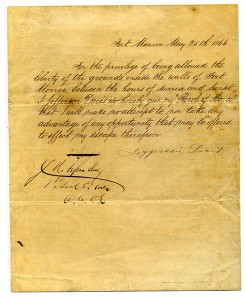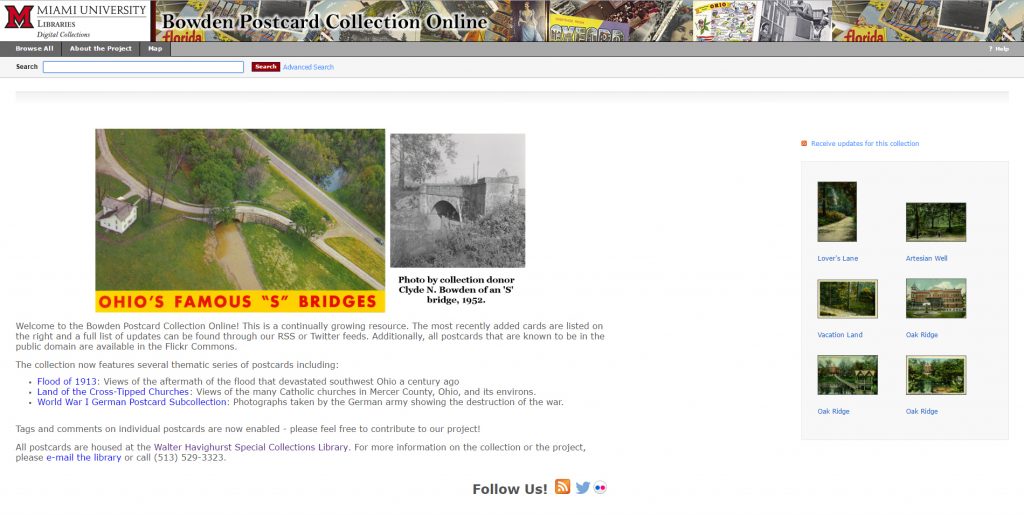 After some technical difficulties, we are pleased to finally announce the re-launch of our Samuel W. Richey Collection of the Southern Confederacy digital collection!.
After some technical difficulties, we are pleased to finally announce the re-launch of our Samuel W. Richey Collection of the Southern Confederacy digital collection!.
This collection includes over 700 pieces of correspondence relating to Jefferson Davis, president of the Confederate States of America, and Confederate generals, including G.T. Beauregard, Braxton Bragg, Samuel Cooper, Joseph E. Johnson, Robert E. Lee, James A. Seddon, E. Kirby Smith, Richard Taylor, and William H. Thomas, among other noted figures of the Civil War and the mid- to late-19th century. Correspondence of Varina Davis, Mary Randolph Custis Lee, and Mary Custis Lee, together with some photographs and other pieces of ephemera, can also be found in the collection.
Special Collections and University Archives are celebrating American Archives Month with a brown-bag speaker series!
We invite students, faculty, staff and community members to join us for a series of brown-bag lunches in recognition of American Archives Month.
The event, which puts an historical spin on timely topics including politics, science and the 100th anniversary of the National Park Service,.
Attendees are welcome to bring their lunch and turn their break into a “knowledge is power lunch.”
Sponsored by the Society of American Archivists, American Archives Month is opportunity to remind people of the importance of preserving, cataloging and keeping accessible items that are important to our history.
The Miami University Archives, which include the Western College Memorial Archives and Oxford College Archives, recently relocated to King Library 321. It contains manuscripts, publications, photographs and artifacts capturing the history of all three institutions.
The Archives and the Walter Havighurst Special Collections, are under one roof for the first time in Miami’s history, hours are Monday-Friday 8 a.m. to 5 p.m.

Photograph of MAC 311, Spring 2016
And there’s more good news to come! Our digital collection, the WMUB Archives, has also been vastly expanded thanks to the hard work of Steve Beitzel and Ringo Jones in Williams Hall, who have been working to digitize many old reels of student broadcasts. The digital collection features five decades of Miami student history, so check it out!
Last week, WVXU in Cincinnati aired a story about our postcards collection. Don’t worry if you missed it, you can read and hear the complete story online:
Wish You Were Here: How Old Postcards Are Finding A New Audience


Photograph of MAC 311, Spring 2016
 Our opening reception is Wednesday, April 20th, from 5-7 pm in King Library room 320. The reception is free and open to the public and will include a panel of current and former students, a chance to see the exhibit, and refreshments.
Our opening reception is Wednesday, April 20th, from 5-7 pm in King Library room 320. The reception is free and open to the public and will include a panel of current and former students, a chance to see the exhibit, and refreshments.
Beyond our department, I have also received tremendous support from the Department of Media, Journalism, & Film in Williams Hall and many former employees of the WMUB radio station as well as alumni. In particular, I would like to thank:
Marcus Ladd
Exhibit Curator & Special Collections Digital Librarian